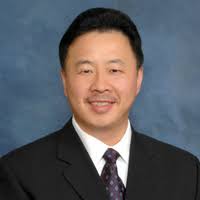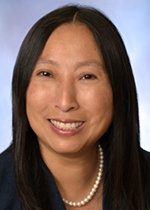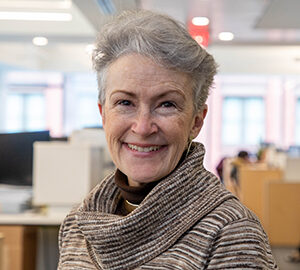The COVID-19 pandemic has shone a spotlight on racism and the systemic racial inequities in health, healthcare, jobs and income, housing, education, food access, availability of high-speed internet, and numerous other areas of daily life. At the onset of the novel coronavirus, Asian communities faced an unrelenting wave of xenophobia and anti-Asian racist rhetoric, verbal abuse, and physical violence. Early in the pandemic, widespread stay-at-home orders diminished much of this public hatred, however, Asian residents and local elected officials fear that the threats and violence could resurface quickly as much of the U.S. reopens and public life resumes.
Benny Lee, a councilmember in San Leandro, California, and Janice Zahn, a councilmember in Bellevue, Washington, discussed how xenophobia and anti-Asian racism has affected their Asian residents and communities throughout the pandemic. Lee and Zahn are also members of NLC’s REAL Council and shared what they anticipate could happen as communities re-open and people return to public spaces.
Editor’s Note: Lee’s and Zahn’s answers have been edited lightly for clarity.
Did you see anti-Asian racist actions (verbal, physical, or otherwise) in response to COVID-19?

Councilmember Lee: Yes, and they are not isolated to one city. They are on social media, too. These actions have been drowned out by the recent protests and uprisings, but they continue. Asian people are being singled out and told to wear a mask in public. The press has perpetuated the idea that this is a Chinese issue, circulating such terms as “Kung Flu.” People see Asians as a monolith that is the cause of this disease. Earlier on, The New York Times focused on the spread of COVID-19 being caused by unrestricted travel, rather than within communities. In my community, we have seen notes with “Chinese Get Out” written on them placed on people’s doors. Police were able to catch the perpetrator, but that does not prevent the harm that has already been done.

Councilmember Zahn: Early on during COVID-19, we saw some of the same anti-Asian rhetoric in Bellevue and neighboring cities. Before schools closed, young Asian students shared of being told, “You are the Chinese flu.” Rocks were thrown through windows of many Chinese and Asian businesses in Seattle’s Chinatown International District. There were accounts of physical assaults outside Chinese-owned businesses within our region. A photo was forwarded to me of a poster on one of our resident’s neighbor’s home that said, “Chinese Virus.”
Has your city done anything to address anti-Asian racism and xenophobia during the COVID-19 pandemic? Did it help?
Councilmember Zahn: We have tried to reduce the concerns and provide protection in a couple of ways. Our city council, in early April, issued a Proclamation to stand together against bias and hate. Sharon Chang, a local photojournalist, created an amazing Safety Not Stigma project of photos showing Asians and non-Asians families wearing masks together to reduce the notion that mask-wearing is only an “Asian” activity. In Bellevue specifically, our Police Chief has advisory committees, including ones for Muslim, Asian, Black, and LGTBQ residents as an effort to engage, learn and get information out to the community through trusted messengers. He also asked our Chinese residents to report racist incidents to the police. I am still worried about the re-opening, though. Will people express their pent-up anger and frustration from so many months of staying home on our Asian community? There is a risk there for all our Asian communities, I think.
Councilmember Lee: On top of speaking out against racism and xenophobia personally, we, as a Council, issued a proclamation denouncing anti-Asian racism and xenophobia. Our county District Attorney issued a video message against xenophobia, as well.
What are the greatest ongoing needs for your city’s Asian communities, before and because of the COVID-19 pandemic?
Councilmember Lee: Asians are still seen as the “model minority,” which is a myth. If we do not address that, our services do not account for immigrants and non-English-speaking Asians.
Councilmember Zahn: Helping our communities of color AND our White community understand the history of racism and how it has affected our systems, policies, and procedures to the detriment of black, indigenous and people of color. Well-meaning individuals may not yet see the essential connection. I think we also could address this need through our city’s mediation and conflict resolution department, which trains our residents become mediators in the community. I am hoping we engage our community as one of “brave spaces, safe people, and difficult conversations.” We want to learn and grow together in meaningful ways. We value the engagement and need to have transformational conversations as a Council and as a community.
RESOURCES:
- Alameda County District Attorney Video on Covid-19 Racism and Xenophobia
- Racist Incident San Leandro / Xenophobia
- Xenophobic Letters Targeting Minorities Posted on San Leandro Homes, Police Make Arrest
- “No Asians Allowed.” Woman Accused of Posting Hateful Fliers, California Cops Say
- NIH Study on Officer Involved Shootings
- City of Bellevue Proclamation against hate and outreach to Chinese Community
- Police Chief Makes Plea to Chinese Community
- Sharon Chang: SafetyNotStigma

